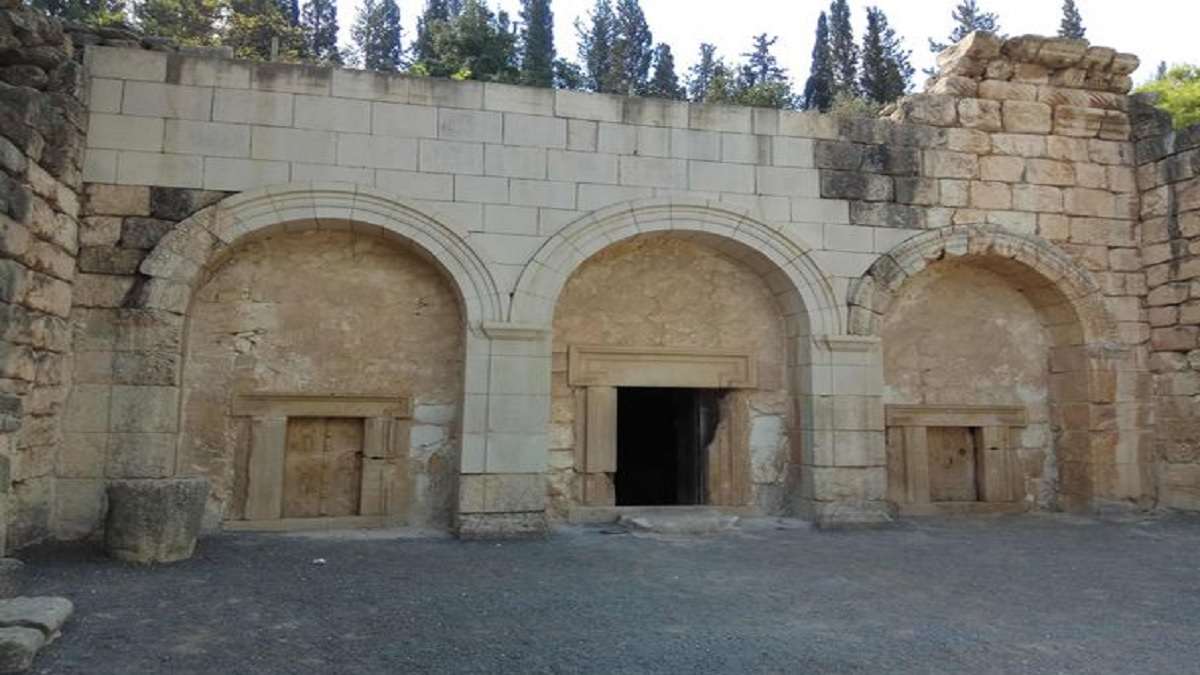The first cursed tomb at UNESCO World Heritage Site was discovered with a blood-red inscription containing a curse written warning to anyone who tries to open it. Archaeologists found the tomb within an ancient cemetery in Beit She’arim, Israel. As of now, no excavations will be conducted at the site. However, the inscription has caused a stir in the community of archaeologists. Let us read what is written on the inscription found at the cursed tomb, how was the cursed tomb discovered, why the finding is significant, and everything about the UNESCO World Heritage Site Beit She’arim.
What is written on the inscription found at the cursed tomb?
The 1,800-year-old inscription found at the UNESCO’s World Heritage Site Beit She’arim read: "Yaakov Ha'Ger vows to curse anybody who would open this grave so nobody will open it. 60 years old." The name Yaakov Ha'Ger means Jacob the proselyte - a convert to Judaism.
Why did the inscription contain a curse?
The name Yaakov Ha'Ger means Jacob the proselyte - a convert to Judaism. Archaeologists have drawn conclusions that the dead man wanted to make his resting place an eternal place thereby preventing people from re-opening his tomb at a later point. As there have been numerous instances, where tombs have been opened years or centuries later.
How was the cursed tomb discovered?
Yonatan Orlin, a conservationist with Israel's Nature and Parks Authority had discovered the original cave a year ago. The first cave led to the discovery of additional caves, and the inscription in blood-red was found within the innermost of these caves.
 First-ever ‘cursed tomb’ within UNESCO Heritage Site; Image Source: Pen News
First-ever ‘cursed tomb’ within UNESCO Heritage Site; Image Source: Pen News
Blood-red inscription at cursed tomb: Significance
Among many other reasons, the finding has been deemed significant particularly as it is the first-ever tomb within the UNESCO Heritage Site that has explicitly identified a dead person as a convert. The dead man has been identified as a convert to Judaism.
Archaeologists have confirmed that this is the first proselyte from Beit She'arim. They also added, "We know of converts in the Roman period mostly from funerary contexts, such as first-century AD Jerusalem, or third to fourth-century AD Rome. But they are not well attested from that time in Galilee.”
The inscription also gives away evidence that the inscription is from the early Byzantine period or late Roman period during which Christianity was strengthened however there were people who chose to join the Jewish people back then.
UNESCO World Heritage Site Beit She’arim – Background
Archaeologists have considered the UNESCO World Heritage Site Beit She’arim as the final resting place of Judah HaNasi, the leading 2nd century CE rabbi. Jews from all over the region sought to be buried there alongside HaNasi.
Comments
All Comments (0)
Join the conversation